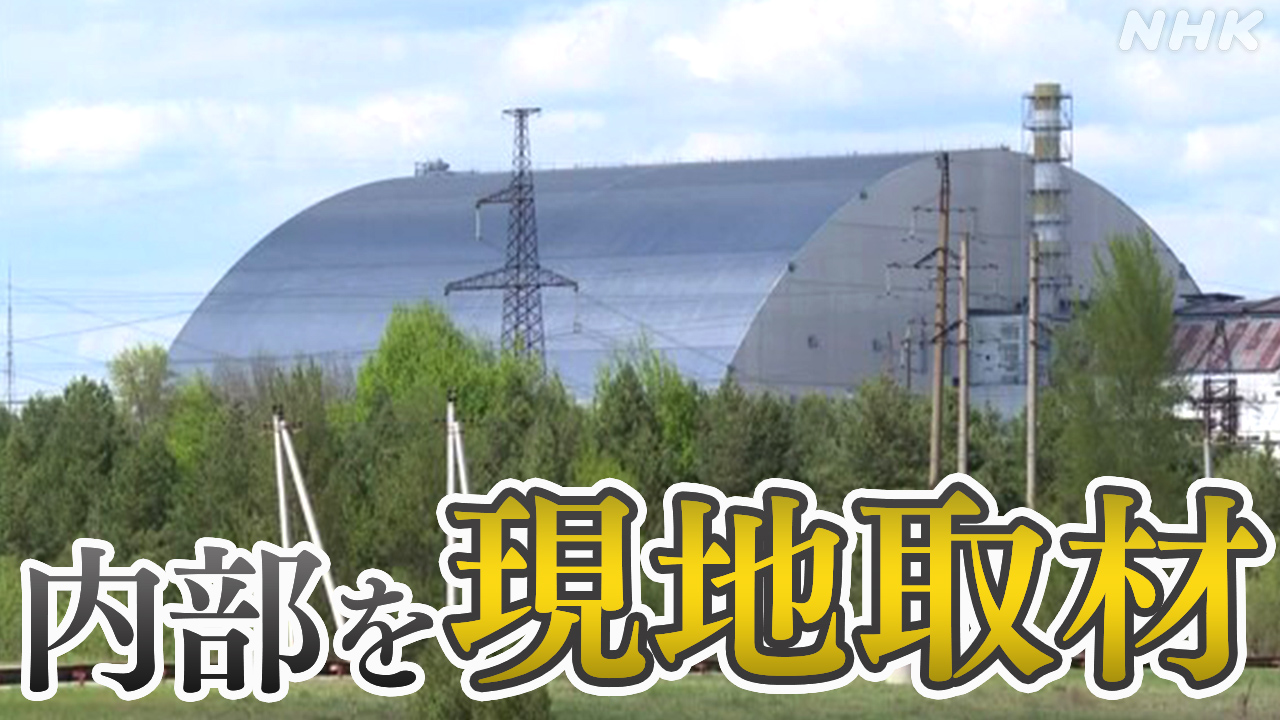Chernobyl Shelter: Assessing the Russian Damage – A Critical Analysis
The ongoing conflict in Ukraine has cast a long shadow over the Chernobyl Exclusion Zone, raising serious concerns about the safety and integrity of the Chernobyl Nuclear Power Plant's sarcophagus, the New Safe Confinement (NSC). Reports of Russian troop movements and occupation within the zone have sparked international alarm, prompting a critical assessment of the potential damage inflicted on this vital structure and the wider environment. This article explores the situation, analyzing the potential impacts and the long-term implications for nuclear safety and environmental remediation.
Russian Occupation and Potential Damage to the Chernobyl Shelter
The initial reports of Russian forces occupying the Chernobyl site were met with widespread apprehension. The NSC, a massive arch-shaped structure built to contain the remnants of the 1986 disaster, is a crucial element in preventing further radioactive leakage. While the full extent of the damage remains unclear due to limited access and information control, several concerns have emerged:
- Disruption of Monitoring Systems: The occupation likely disrupted the continuous monitoring systems vital for tracking radiation levels and identifying any potential breaches in the NSC. This lack of real-time data hinders accurate assessment of the situation.
- Damage to Infrastructure: Reports suggest potential damage to power lines and other essential infrastructure supporting the NSC's operation. A loss of power could compromise the ventilation and cooling systems, potentially leading to increased internal temperatures and structural stress.
- Compromised Security: The presence of military personnel and equipment within the exclusion zone raises concerns about accidental damage or even deliberate sabotage of the critical infrastructure surrounding the plant.
- Increased Risk of Radioactive Contamination: The movement of troops and heavy machinery across the contaminated terrain could have disturbed radioactive soil and debris, increasing the risk of further environmental contamination.
The Long-Term Implications
The long-term consequences of the Russian occupation on Chernobyl's safety are still unfolding. Experts are particularly concerned about:
- Structural Integrity of the NSC: Any damage to the NSC's foundation or structural components could significantly compromise its ability to contain the radioactive materials within.
- Environmental Impact: The disruption of the fragile ecosystem within the exclusion zone, coupled with potential soil disturbance, could lead to long-term environmental consequences, affecting flora, fauna, and potentially human health in surrounding areas.
- International Cooperation Challenges: The conflict has severely hampered international cooperation in monitoring and maintaining the Chernobyl site, slowing down efforts to assess the damage and implement necessary repairs.
Beyond the Immediate Concerns: A Need for Transparency and International Collaboration
The situation at Chernobyl underscores the urgent need for transparency and international collaboration. Independent international experts need access to the site to conduct a thorough assessment of the damage and to implement necessary remedial measures. The IAEA (International Atomic Energy Agency) continues to play a crucial role, but greater international pressure is necessary to ensure full cooperation from all parties involved. The potential risks extend far beyond Ukraine's borders, necessitating a concerted global effort to safeguard the site and mitigate the long-term consequences.
What You Can Do
Stay informed about the situation by following reputable news sources and international organizations like the IAEA. Advocate for transparency and international cooperation in addressing the situation at Chernobyl. Support organizations working on nuclear safety and environmental remediation.
Keywords: Chernobyl, Chernobyl Nuclear Power Plant, Chernobyl Exclusion Zone, New Safe Confinement, NSC, Russia, Ukraine, Radioactive Contamination, Nuclear Safety, Environmental Remediation, IAEA, International Atomic Energy Agency, War in Ukraine, Nuclear Disaster
(Note: This article is for informational purposes only. For the latest updates, refer to official sources like the IAEA website.)
